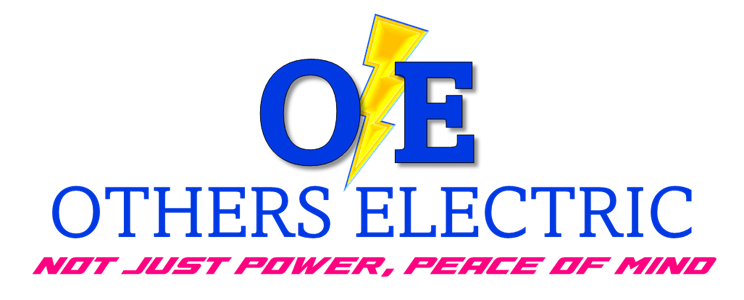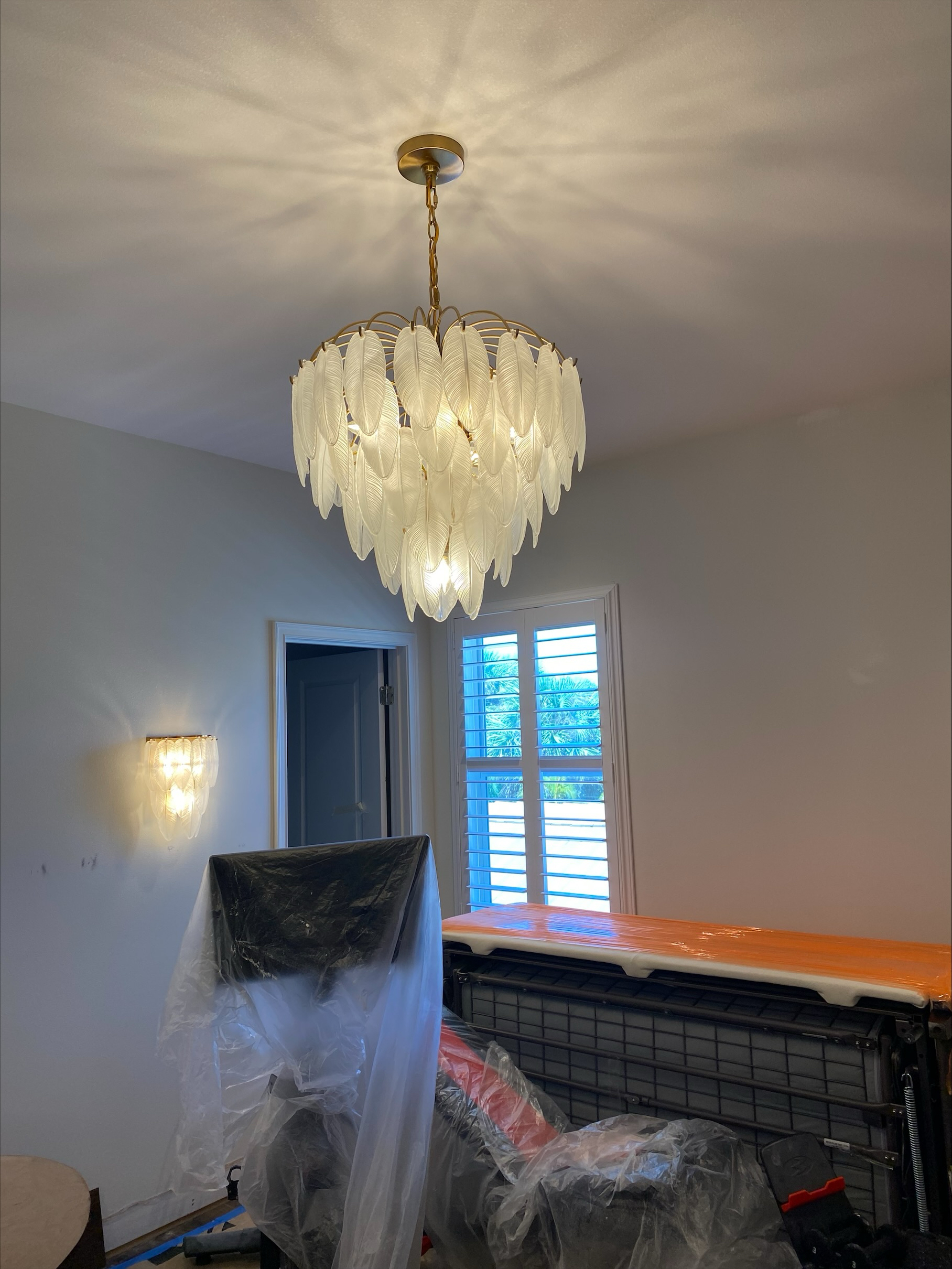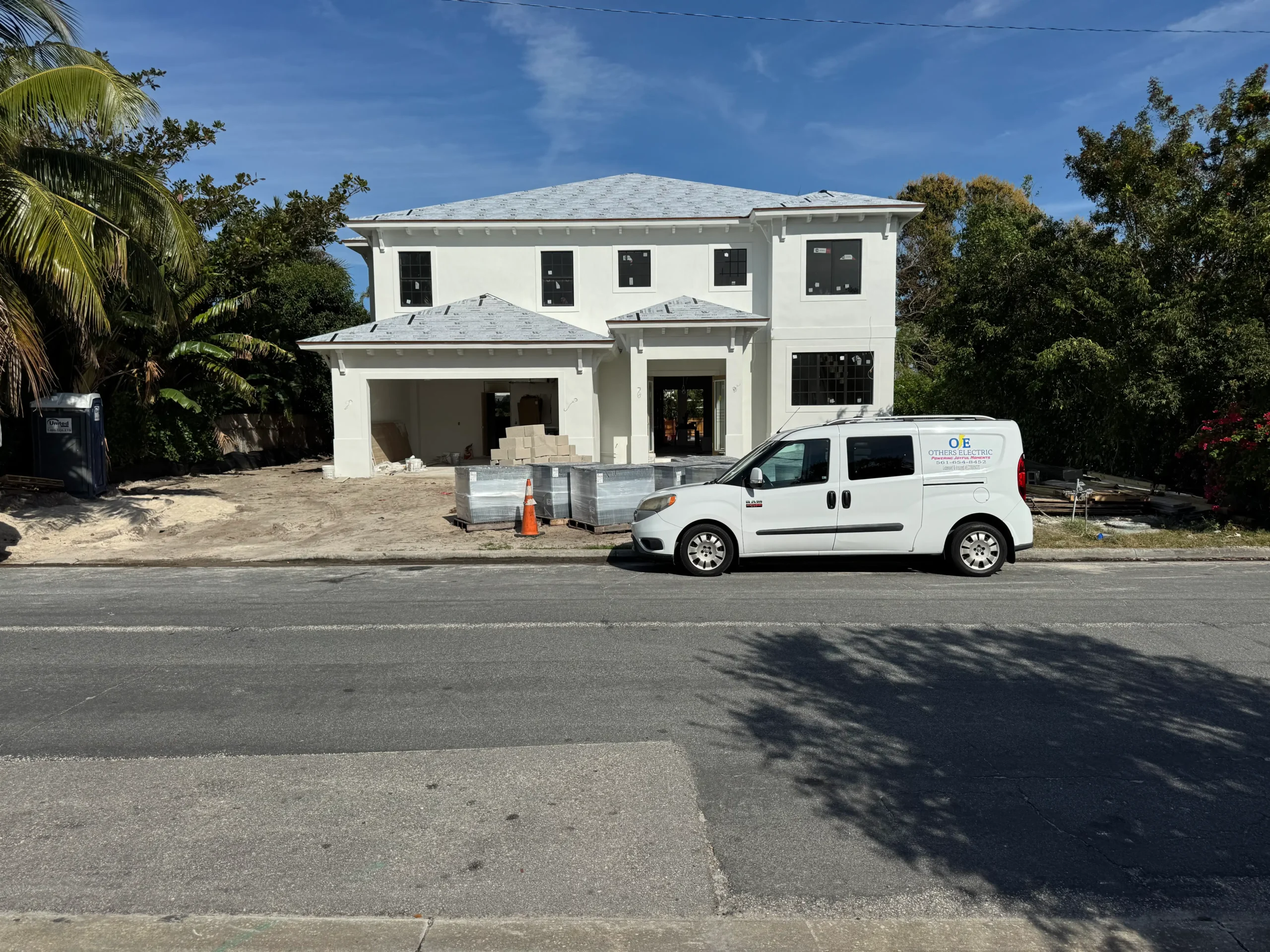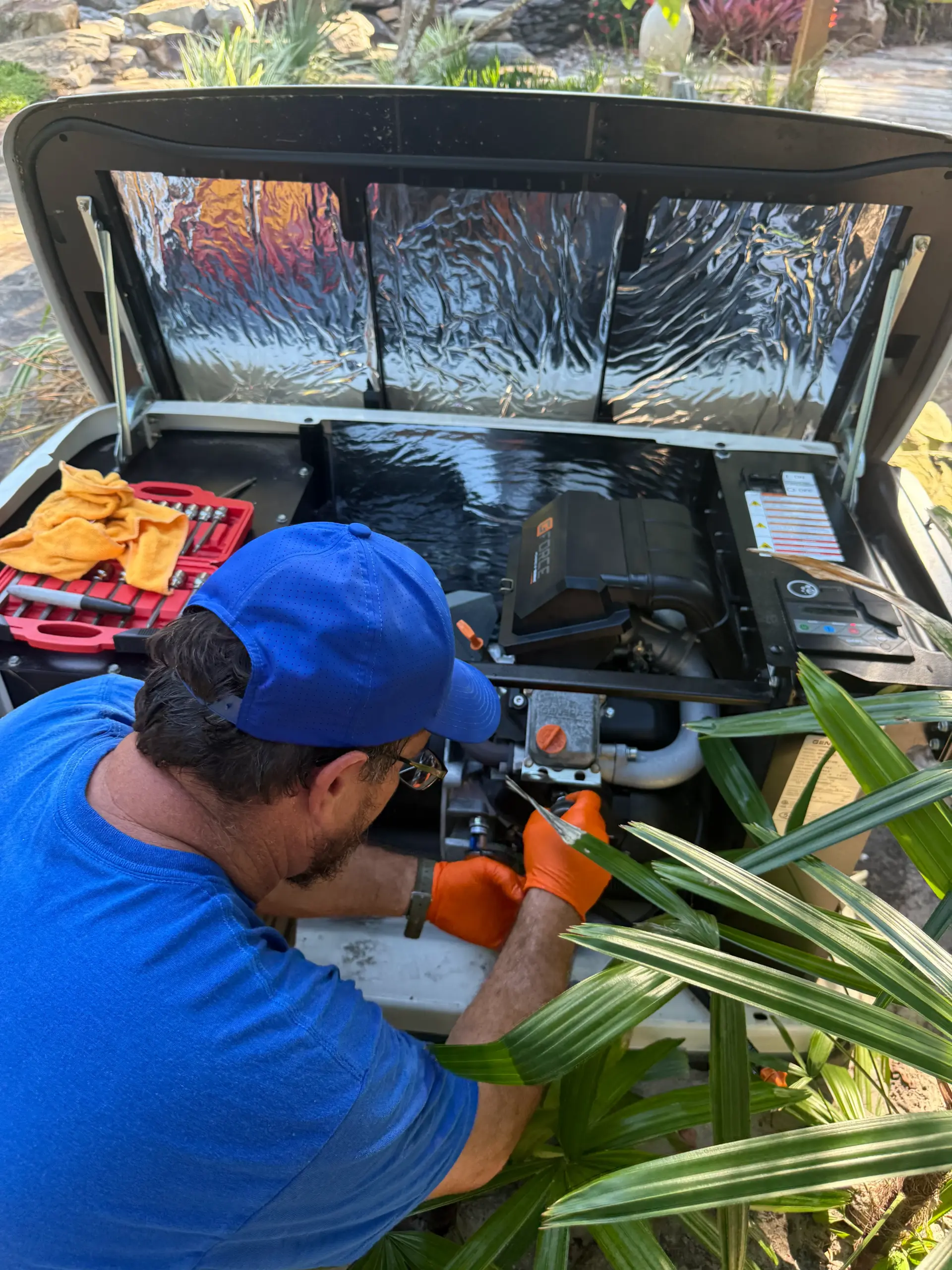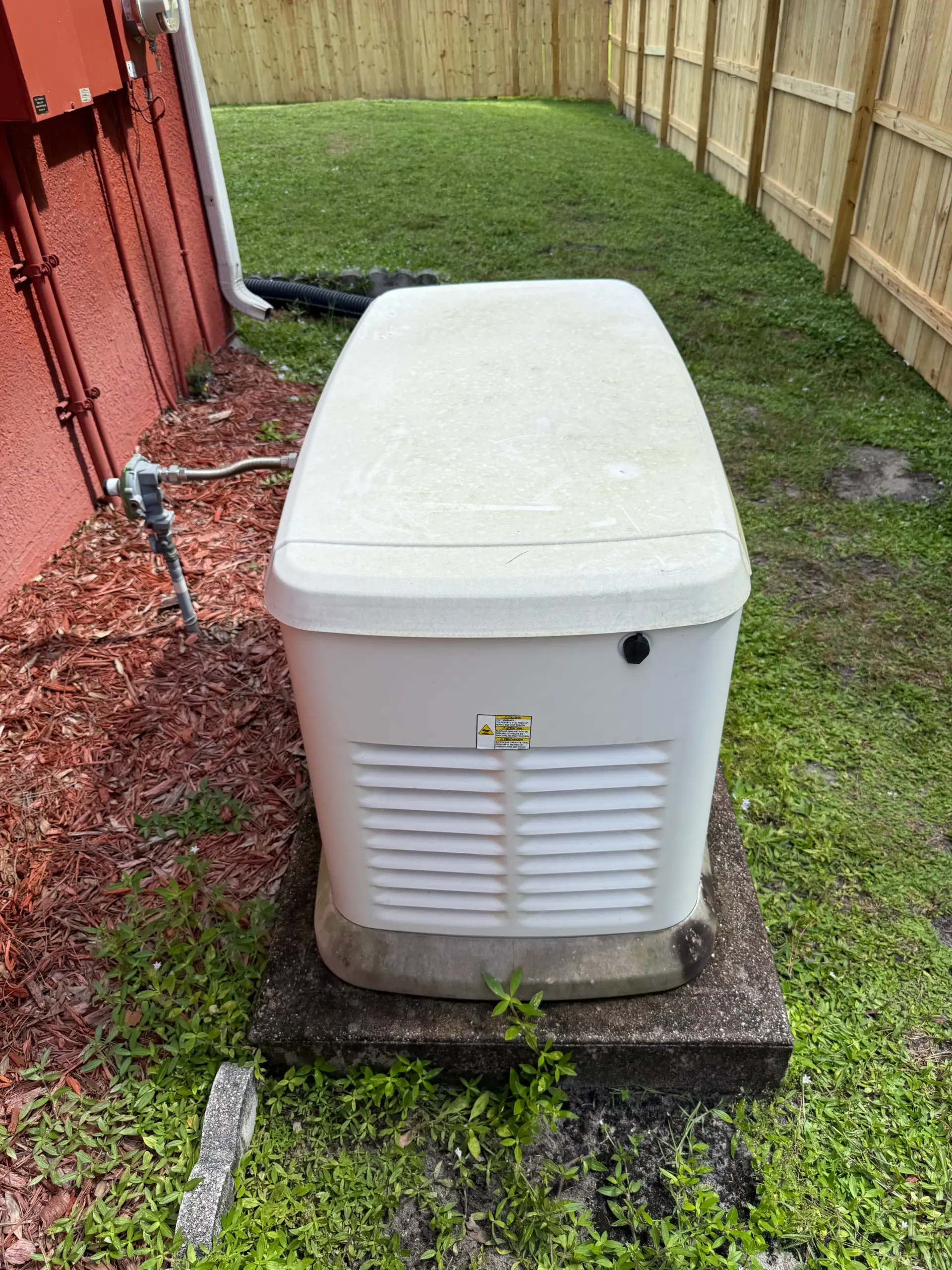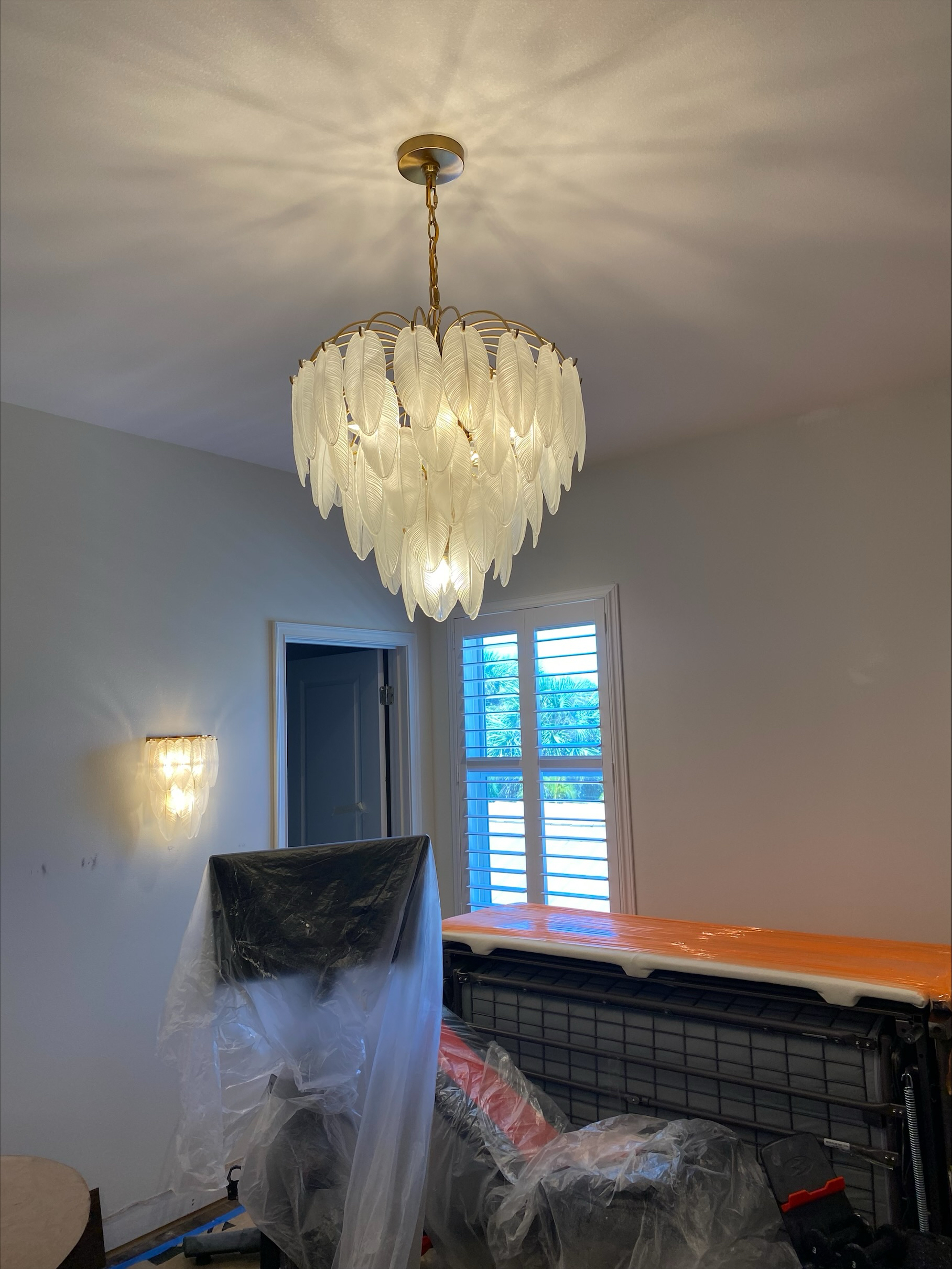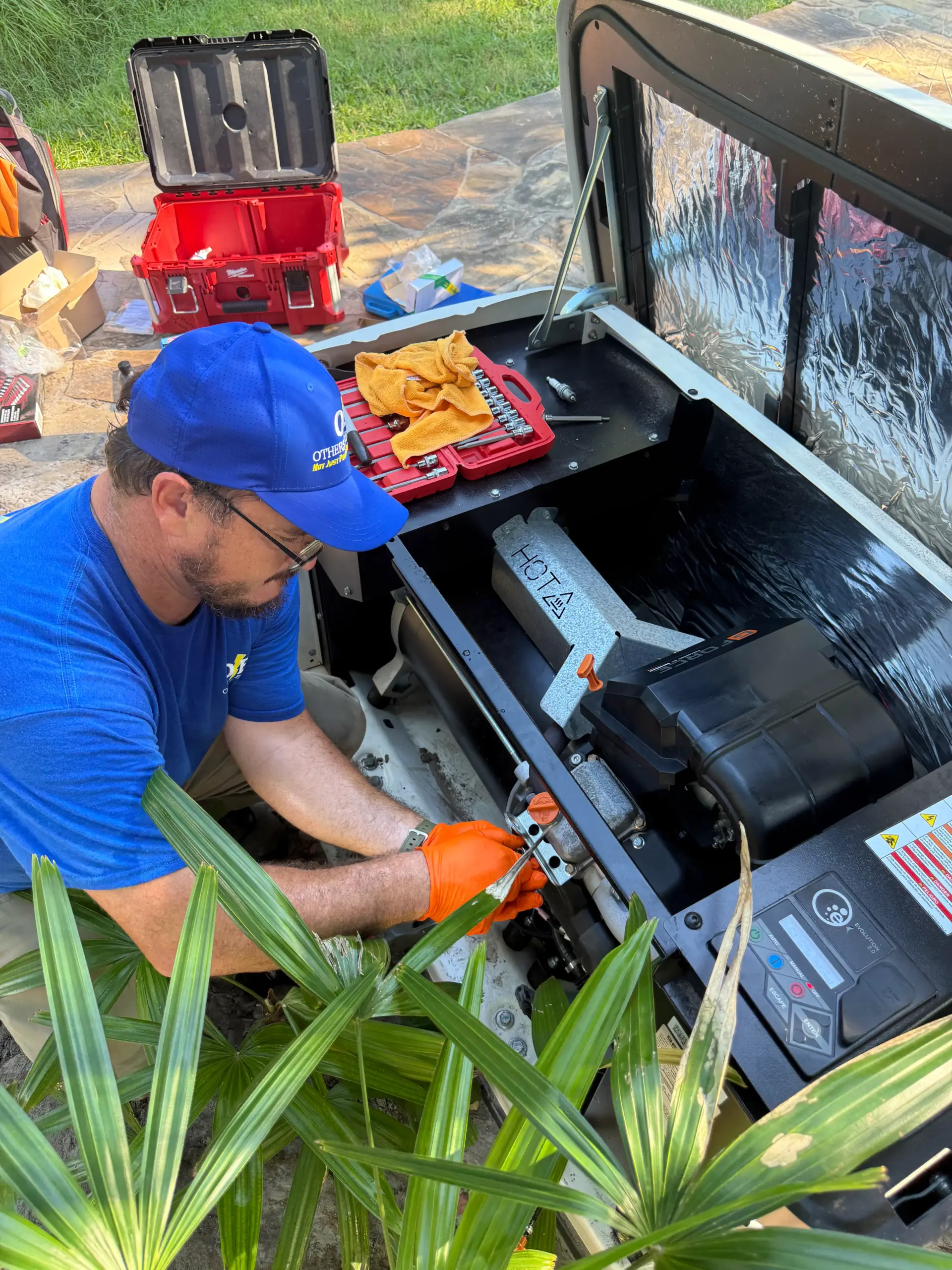When a power outage strikes, a reliable generator can make all the difference between comfort and chaos. Homeowners everywhere ask the same question before investing in one: how much generator do I need? The answer depends on your household’s total energy use and how many systems you plan to run during an outage. Choosing correctly keeps your appliances safe, your fuel use efficient, and your family comfortable even when the grid goes down.
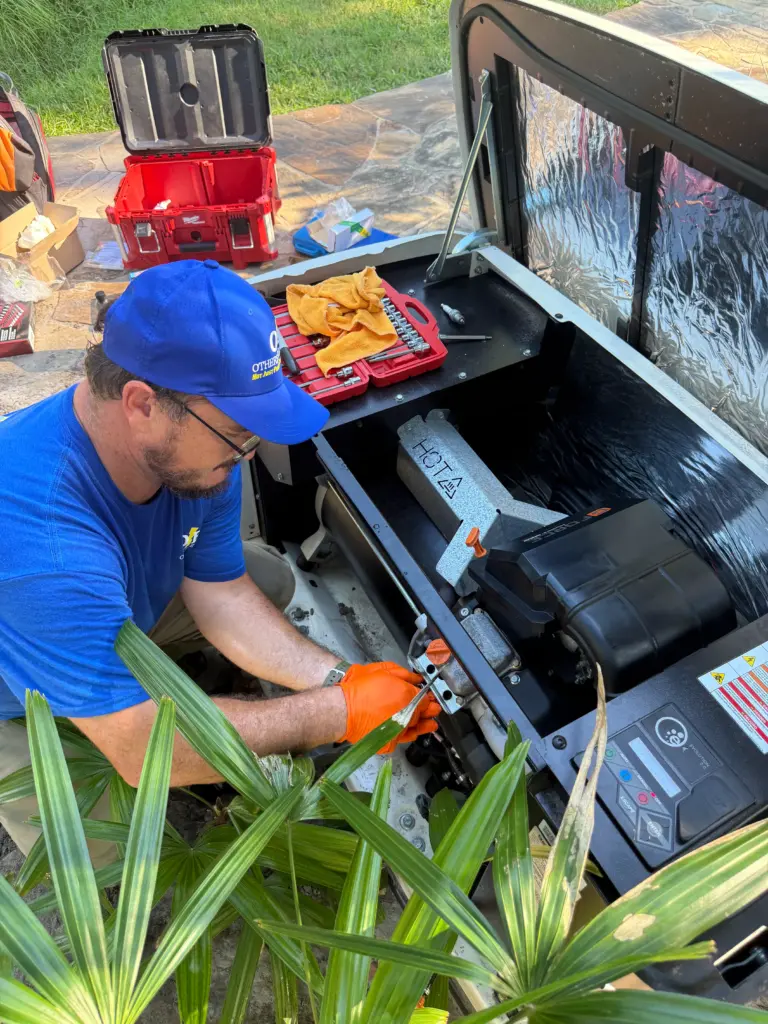
Understanding Generator Power
A generator’s capacity is measured in watts, which show how much electrical power it can produce at one time. Every appliance in your home draws power, and understanding how to measure it helps you calculate your total needs. Some devices list their power directly in watts, while others list only amps. To convert amps into watts, multiply by voltage. Most U.S. outlets use 120 volts, while larger appliances like electric dryers and well pumps use 240 volts.
Imagine your refrigerator draws six amps at 120 volts. Multiply 120 by six, and you get 720 watts. That’s the amount of power it consumes while running. If your furnace fan uses five amps at 120 volts, it consumes 600 watts. Add a few lights using 200 watts total, and your load has already reached more than 1,500 watts. Once you understand this relationship between volts, amps, and watts, you can start estimating your home’s total demand accurately.
Many homeowners are surprised to learn that even modest homes can require several thousand watts during an outage. A generator that’s too small may overload and shut down, while an oversized one wastes fuel. The goal is to find the right balance for your lifestyle, climate, and energy habits. To learn more about how residential electricity use works, the U.S. Department of Energy’s Energy Saver guide offers an excellent overview.
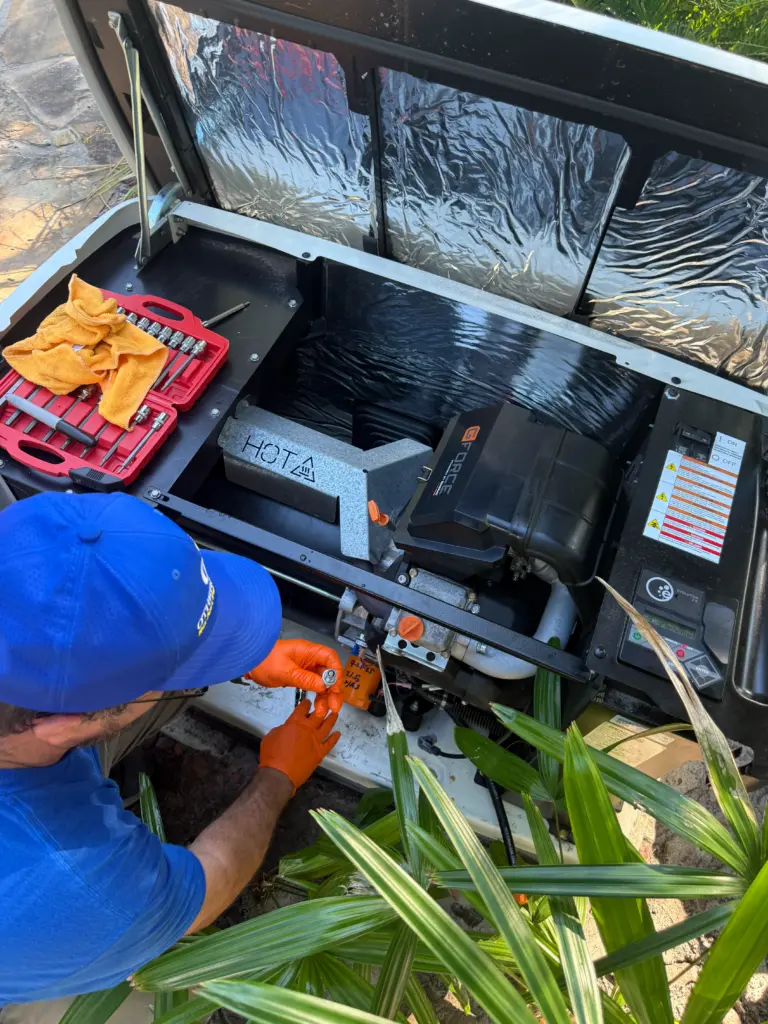
How to Calculate Your Total Power Needs
The easiest way to answer how much generator do I need is to list all the appliances and systems you’d want running if the power went out. Then, find the running and starting wattage for each. Most appliances display their wattage on a label near the plug or inside the door. If only amps are listed, use the simple formula: volts × amps = watts.
For example, imagine you want to power your refrigerator, furnace fan, microwave, sump pump, and a few lights. Their approximate wattage might look like this:
- Refrigerator: 720 watts running, 1,200 starting
- Furnace fan: 600 running, 900 starting
- Microwave: 1,000 watts
- Sump pump: 1,000 running, 1,500 starting
- Lights and small devices: 200 watts
Add the running watts: 720 + 600 + 1,000 + 1,000 + 200 = 3,520 watts.
Next, add the highest starting load (the sump pump at 1,500 watts): 3,520 + 1,500 = 5,020 watts total.
In this example, a 5,000 to 5,500-watt generator would safely power these essentials without overloading. If you plan to run larger systems like air conditioning, electric water heating, or well pumps, your total demand can easily double. A whole-house generator in the 10,000 to 20,000-watt range may be necessary.
The most efficient setup keeps your generator running at about 70 to 80 percent of its rated capacity. This provides extra room for surges and ensures long-term reliability.
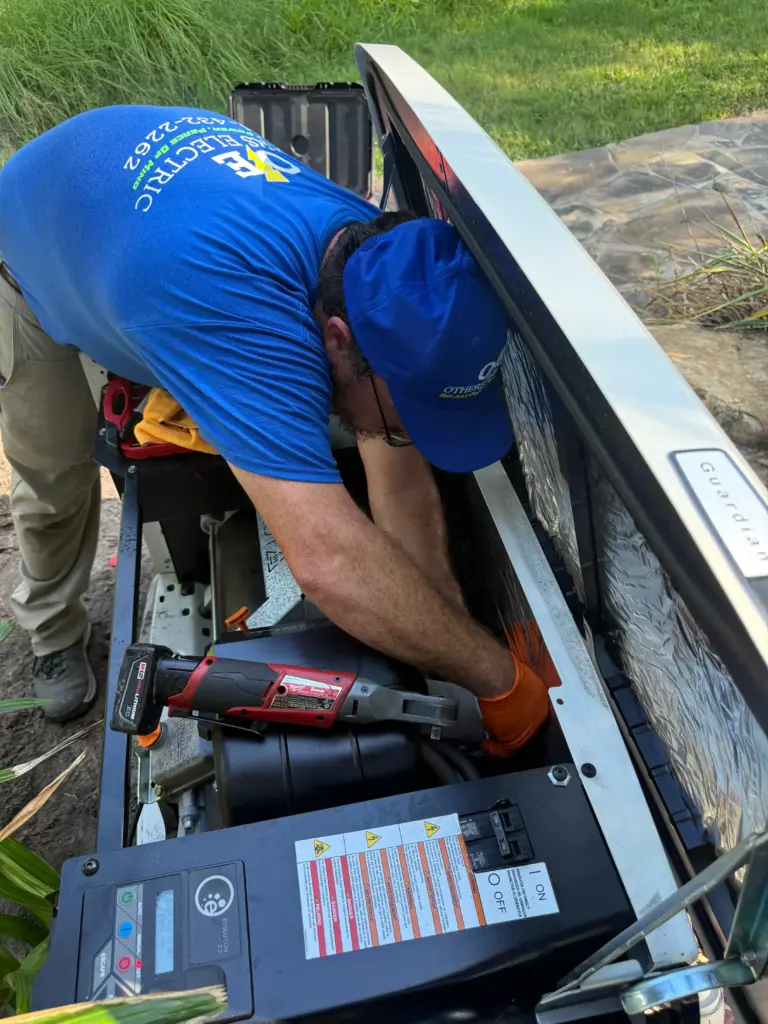
How to Match Generator Size to Home Type
Different homes require different levels of backup power. A small cabin or apartment might only need a few thousand watts, while a larger property could require ten times that. Understanding these general ranges helps narrow down your options.
A small home or apartment can usually run essential items — lights, refrigerator, TV, and a few outlets — with a 2,000 to 3,000-watt generator. These compact units are portable, fuel-efficient, and perfect for brief outages.
A medium-sized home typically needs between 5,000 and 7,500 watts. This range can handle major appliances like a refrigerator, furnace fan, sump pump, and microwave simultaneously. Many families choose this size because it covers essentials without consuming excessive fuel.
A large home or property with an electric water heater, well system, or central air conditioner may need 10,000 to 20,000 watts. Whole-house standby generators in this range provide seamless backup power for all circuits, turning on automatically when the grid goes down.
Choosing the right generator size prevents wasted energy and mechanical wear. Buying one too large means paying more upfront and burning unnecessary fuel. Buying one too small means frustration and risk to your appliances. Aim for a generator that can handle your essential loads comfortably with a 20 percent margin for extra safety.
The Importance of Starting and Running Watts
When choosing a generator, remember that appliances don’t all draw the same amount of power at the same time. The wattage listed on a label usually refers to running watts, which is the power required to keep the device operating. But many appliances need an extra burst of electricity, called starting watts, to begin running.
Motors in refrigerators, sump pumps, or air conditioners can demand up to three times their running wattage at startup. If your generator can’t handle that surge, it may overload or shut off temporarily. Always check both ratings when planning your total load.
Let’s say your refrigerator needs 720 watts to run but 1,200 watts to start. If your generator’s total available power is 5,000 watts and several appliances start at once, you could exceed its limit. Choosing a model with some headroom prevents these momentary overloads and protects both your equipment and your generator.
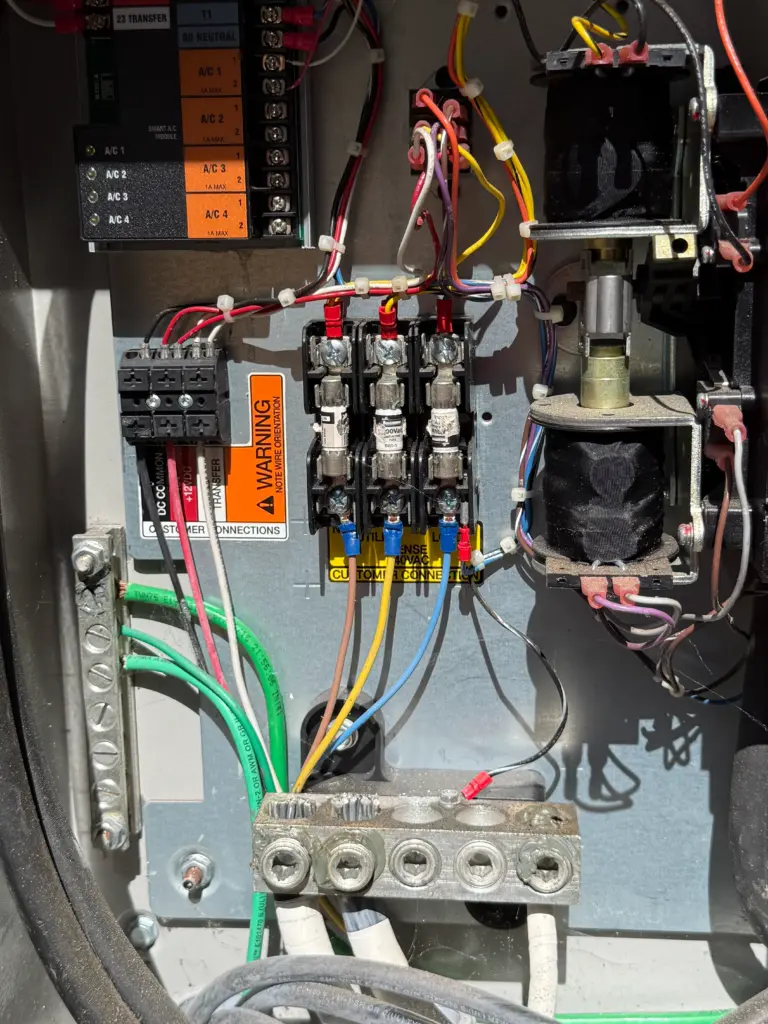
Portable vs. Standby Generators
Once you’ve figured out how much generator you need, the next step is deciding what type suits your situation. Portable generators are the most common option for homeowners who want flexibility. They usually range from 2,000 to 10,000 watts and run on gasoline or propane. They can be moved easily and are ideal for powering a few circuits or small appliances. However, they require manual startup and regular refueling.
Standby generators, also known as whole-house generators, are a permanent solution. Installed outside your home, they connect directly to your electrical panel and start automatically when the power goes out. They run on natural gas or propane and deliver anywhere from 10,000 to 25,000 watts. Because they turn on automatically, they’re ideal for homeowners who travel often or live in areas with frequent storms.
Each option has trade-offs. Portable units are less expensive and more flexible, while standby systems offer convenience and peace of mind. The right choice depends on how often you lose power and how much you want to automate your backup system.
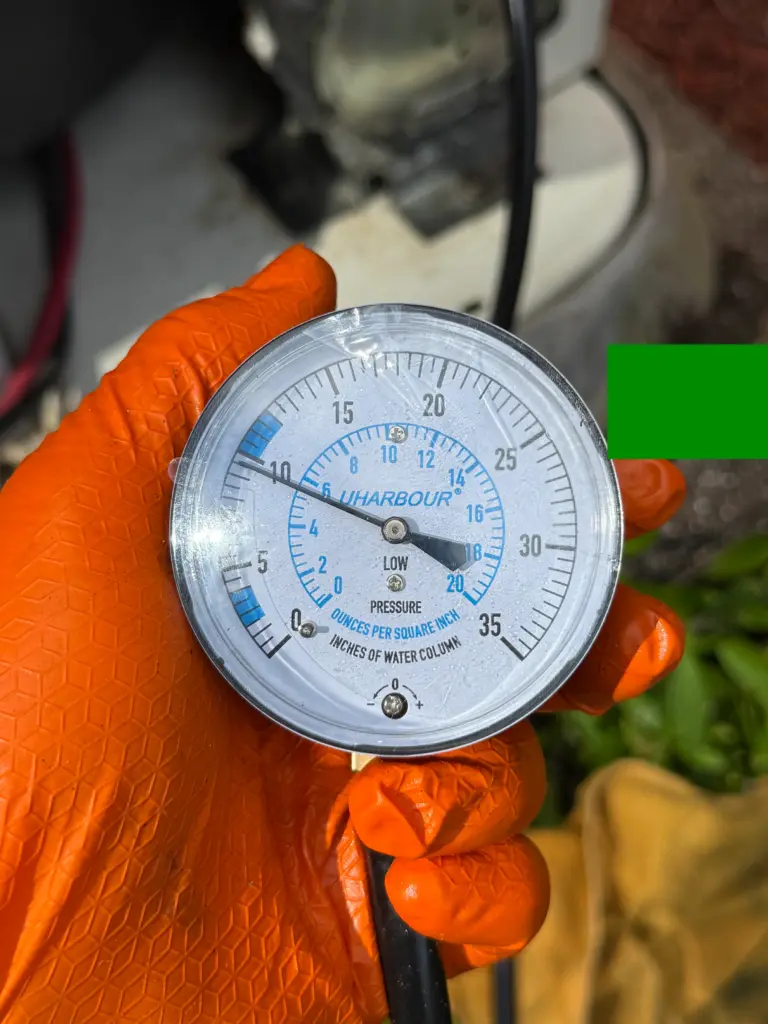
Fuel Type and Efficiency
Fuel choice affects runtime, performance, and cost. Gasoline-powered generators are easy to find and quick to refuel but require fresh fuel storage and frequent maintenance. Propane burns cleaner and stores longer, making it ideal for infrequent use. Diesel models are built for heavy-duty operation and long runtime, but they can be noisier and more expensive upfront.
For whole-house standby systems, natural gas is often the most practical fuel. It connects directly to your home’s supply line, so you never have to worry about refilling during an extended outage. When you consider how much generator do I need, think not only about wattage but also about how long it must run — a smaller, more efficient unit with a steady fuel source might serve you better than a larger one with short runtime.
Why Correct Sizing Matters
Buying the wrong generator size can lead to problems that are both costly and inconvenient. An undersized generator will constantly run at full capacity, risking overload and damage to sensitive electronics. An oversized generator wastes fuel and creates unnecessary noise. The right generator operates comfortably in the middle of its power range, maintaining efficiency and long-term reliability.
Generators perform best when used with a properly installed transfer switch, which separates your home from the utility grid. This setup prevents backfeeding electricity into power lines, keeping your household and utility workers safe. Professional installation ensures all wiring, grounding, and safety devices meet local code requirements.
If you’re unsure of your exact power needs, have a licensed electrician measure your household load. They can help you avoid common sizing mistakes and recommend the best generator type for your property.
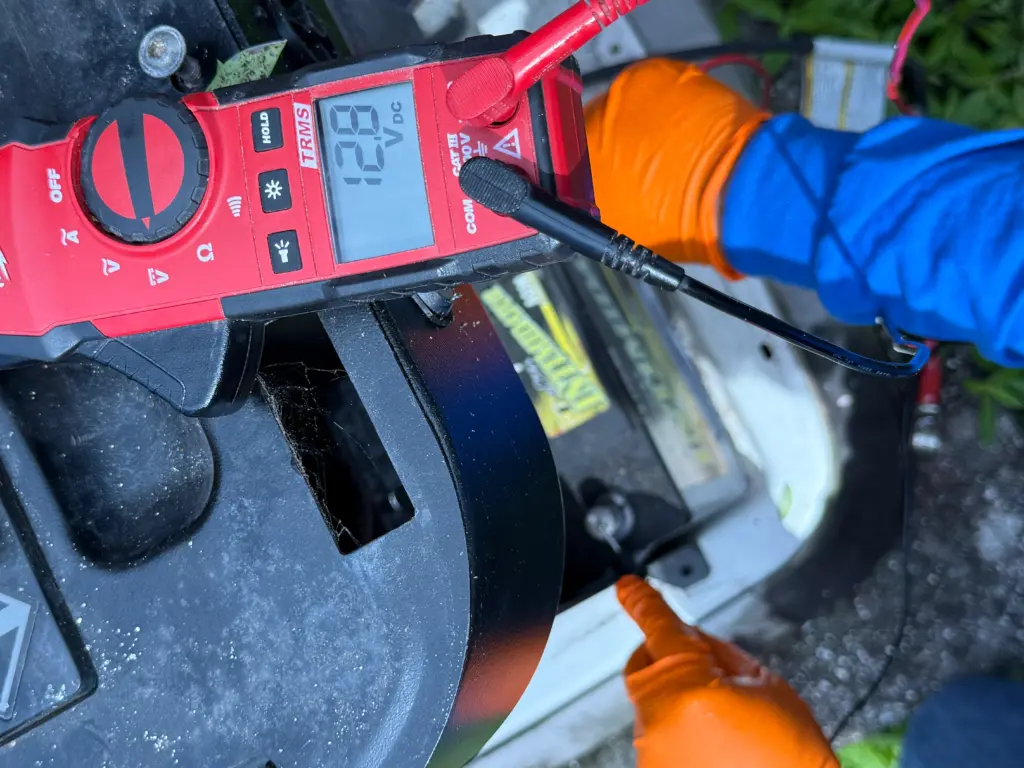
Choosing the Right Generator for Your Home
Figuring out how much generator do I need doesn’t have to be confusing. Once you total the running watts of your essentials and add the highest starting load, you’ll have a clear idea of your minimum requirement. If that total comes to 4,800 watts, a 5,500-watt generator offers the right balance of power and reliability. A professional can confirm those numbers and help with proper installation.
For homeowners who want expert help, Others Electric offers complete generator services, including load calculations, installations, and maintenance. Their licensed electricians make sure your system is safe, efficient, and ready whenever you need it.
